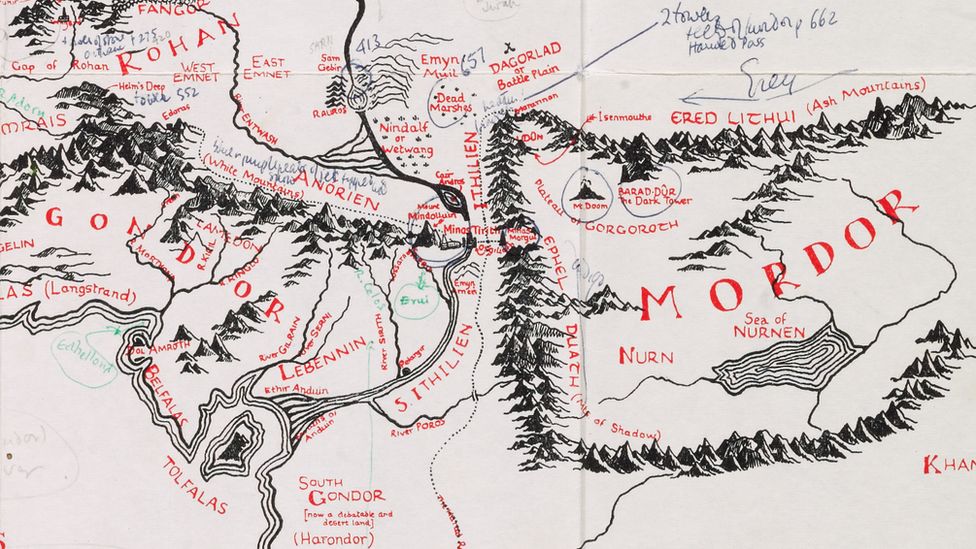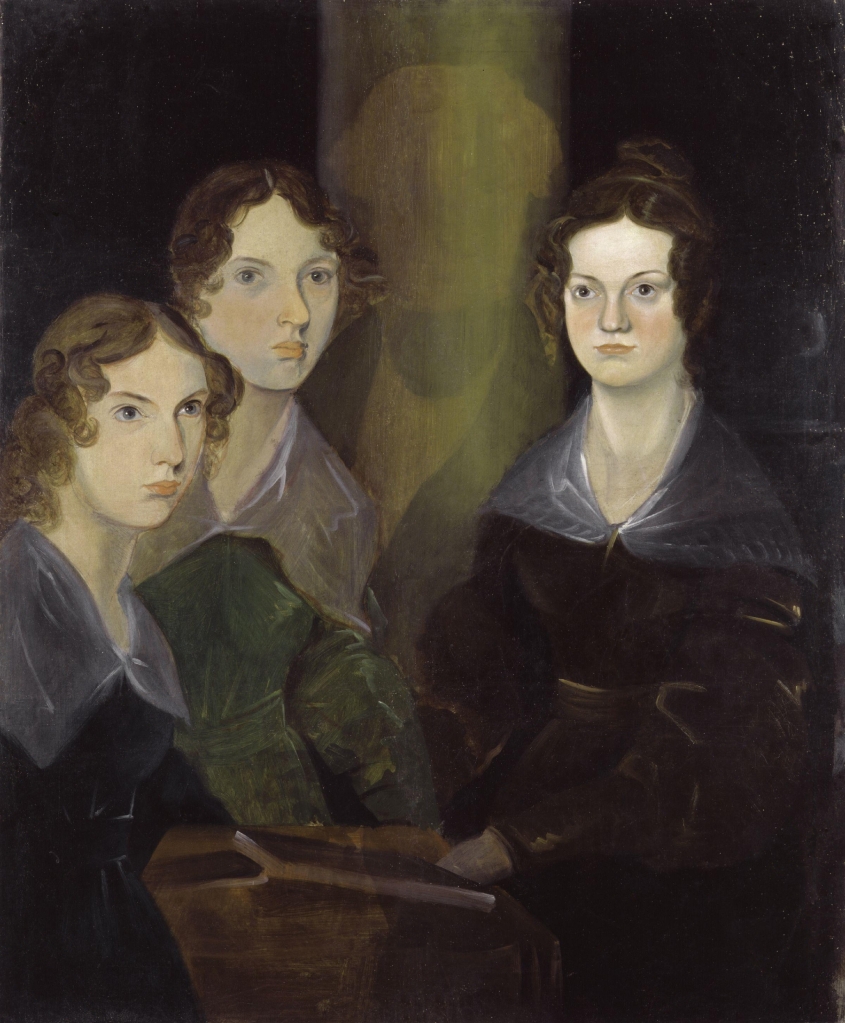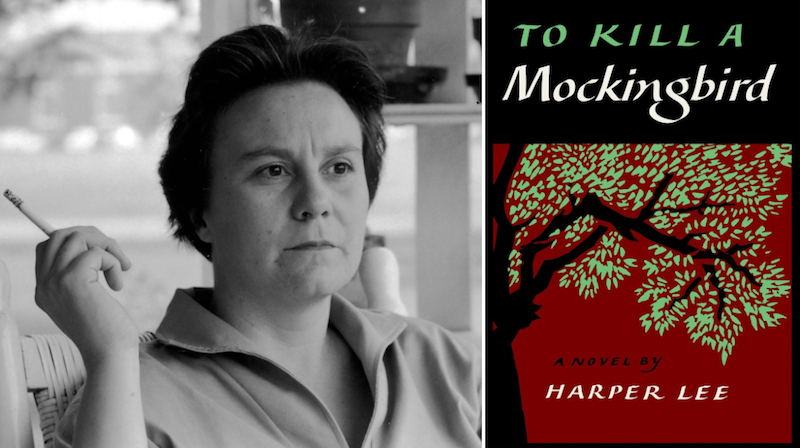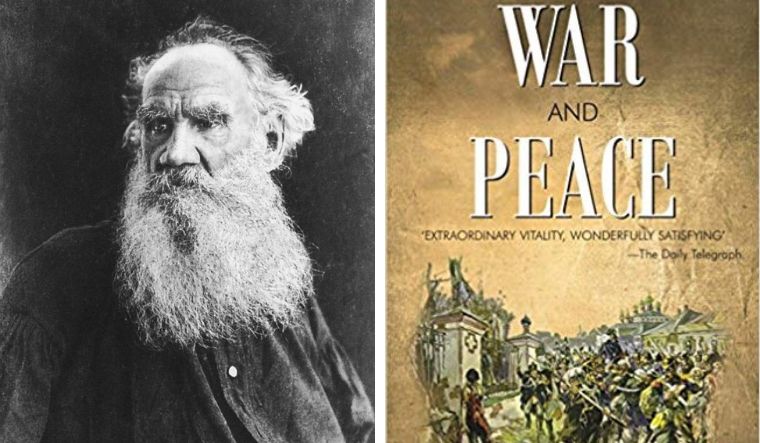Literature has the power to transport us to worlds unknown, to evoke emotions we didn’t know we had, and to challenge our perceptions of reality. Behind every celebrated literary work and author lies a unique origin story, often filled with intriguing inspirations and hidden depths. In this exploration, we delve into the enigmatic beginnings of eight renowned literary works and the minds behind them, uncovering fascinating facts and untold stories along the way.
Mary Shelley’s “Frankenstein”: A Night of Ghostly Inspiration

Mary Shelley’s “Frankenstein” is a timeless tale of ambition, creation, and the consequences of playing god. Its origins, however, are as mysterious as the creature it portrays. In the summer of 1816, Shelley, along with her husband Percy Bysshe Shelley, Lord Byron, and John Polidori, found themselves confined indoors due to incessant rain at Lake Geneva. To pass the time, they engaged in a friendly competition to write the best ghost story. It was during this fateful night that Shelley’s vision of a reanimated corpse came to life.
Interestingly, Shelley’s dream that inspired “Frankenstein” was influenced by discussions on galvanism, a popular topic of scientific inquiry at the time. Furthermore, her own experiences of loss and grief, having suffered multiple miscarriages and the death of her infant daughter, infused the novel with a sense of existential dread and a longing for the impossible.
J.R.R. Tolkien’s Middle-earth: A World Born of Linguistic Passion

The creation of Middle-earth, the fantastical realm in J.R.R. Tolkien’s “The Lord of the Rings” series, is a testament to the author’s unparalleled imagination and linguistic expertise. Tolkien, a philologist by profession, was deeply fascinated by languages and mythology from a young age. His academic pursuits, coupled with his experiences in World War I, laid the groundwork for the rich tapestry of cultures, languages, and histories that populate Middle-earth.
Tolkien’s love for languages, particularly Old English and Finnish, directly influenced the creation of Elvish and other fictional tongues spoken by the inhabitants of Middle-earth. Furthermore, his experiences in the trenches of World War I, where he witnessed the horrors of industrialized warfare, infused his work with themes of friendship, heroism, and the corrupting influence of power.
The Brontë Sisters: Literary Giants of the Yorkshire Moors

The Brontë sisters—Charlotte, Emily, and Anne—stand as titans of English literature, each leaving an indelible mark with their respective works. Raised in the isolated parsonage at Haworth on the Yorkshire moors, the sisters found solace and inspiration in the rugged landscapes that surrounded them. Their novels, including Emily’s “Wuthering Heights” and Charlotte’s “Jane Eyre,” are steeped in the atmosphere of the moors, reflecting the wild beauty and untamed passions of the region.
Despite their quiet upbringing, the Brontë sisters led lives marked by tragedy and hardship. The deaths of their mother and two elder sisters, Maria and Elizabeth, at a young age, as well as the oppressive societal constraints of the time, fueled their imagination and shaped their narratives. Additionally, the pseudonyms they adopted—Currer, Ellis, and Acton Bell—allowed them to navigate the male-dominated literary world of the 19th century and gain recognition for their work.
Harper Lee’s “To Kill a Mockingbird”: A Portrait of the American South

Harper Lee’s “To Kill a Mockingbird” is a seminal work of American literature, tackling themes of racial injustice, moral growth, and the loss of innocence in the Deep South. Set in the fictional town of Maycomb, Alabama, during the Great Depression, the novel is deeply rooted in Lee’s own experiences growing up in Monroeville, Alabama. Like her protagonist Scout Finch, Lee was the tomboyish daughter of a lawyer, and her father, Amasa Coleman Lee, served as the inspiration for the iconic character of Atticus Finch.
Despite its critical acclaim and enduring popularity, “To Kill a Mockingbird” was initially met with skepticism by publishers. Lee’s editor at J.B. Lippincott Company, Tay Hohoff, played a pivotal role in shaping the novel into the masterpiece it is today, guiding Lee through multiple drafts and revisions. The novel’s title itself is derived from a line in which Atticus Finch tells his children that it is a sin to kill a mockingbird, symbolizing innocence and compassion.
Leo Tolstoy’s “War and Peace”: A Monumental Epic of Russian History

Leo Tolstoy’s magnum opus, “War and Peace,” is a sprawling epic that spans the tumultuous years of Napoleon’s invasion of Russia and the subsequent Napoleonic Wars. Tolstoy, himself a veteran of the Crimean War, drew upon his own experiences and extensive research to craft a panoramic portrait of Russian society during the early 19th century.
Tolstoy’s narrative prowess is on full display in “War and Peace,” as he seamlessly weaves together the lives of dozens of characters, from aristocrats to peasants, against the backdrop of historical events. The novel’s exploration of themes such as fate, free will, and the nature of power continues to resonate with readers to this day, cementing Tolstoy’s status as one of the greatest novelists of all time.
The origins of famous literary works and authors are as diverse and fascinating as the works themselves. From stormy nights in Switzerland to the windswept moors of Yorkshire, from the trenches of World War I to the bustling streets of Colombia, the inspirations behind these masterpieces are as varied as the human experience itself. By uncovering the obscure origins and untold stories behind these celebrated works, we gain a deeper appreciation for the creative process and the enduring power of literature to captivate, inspire, and provoke thought.
I’m participating in #BlogchatterA2Z

Oh I know the story behind LOTR, thanks to all the interviews of Peter Jackson and the cast I have seen over the years 😀
LikeLiked by 1 person
Ahhh!! I am also fond off watching and listening interviews. Now a days I am into players interviews 🫣 and getting some good book recs from them
LikeLiked by 1 person
It always fascinated me that Frankenstein was written by a woman, that too in those times. It never fit in and I just love that. Goes to show how off the society’s expectations were with their realities. But knowing other details, like her personal tragedy, makes me see it in a new light. I learned something new here~
LikeLike